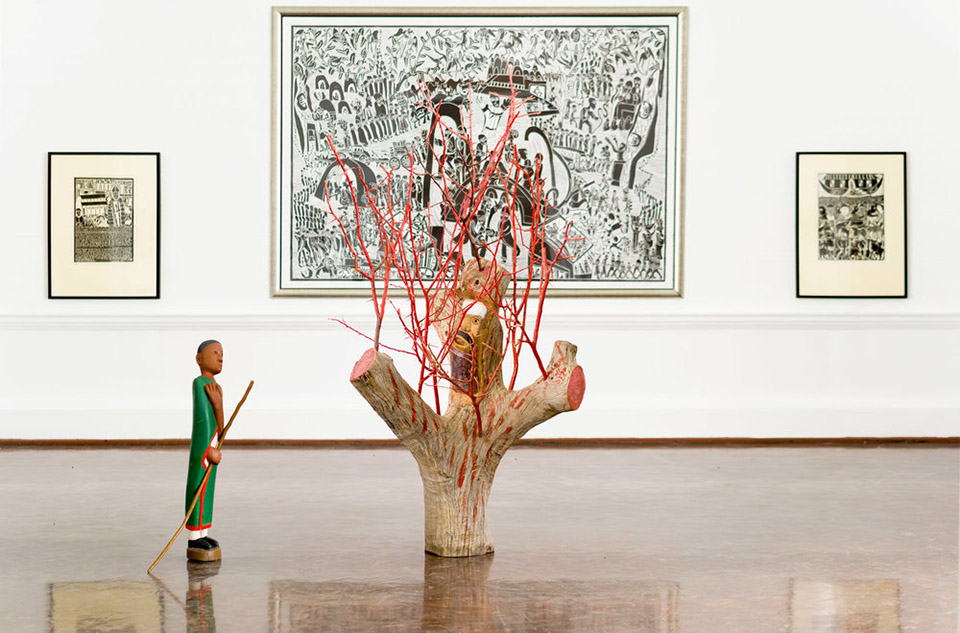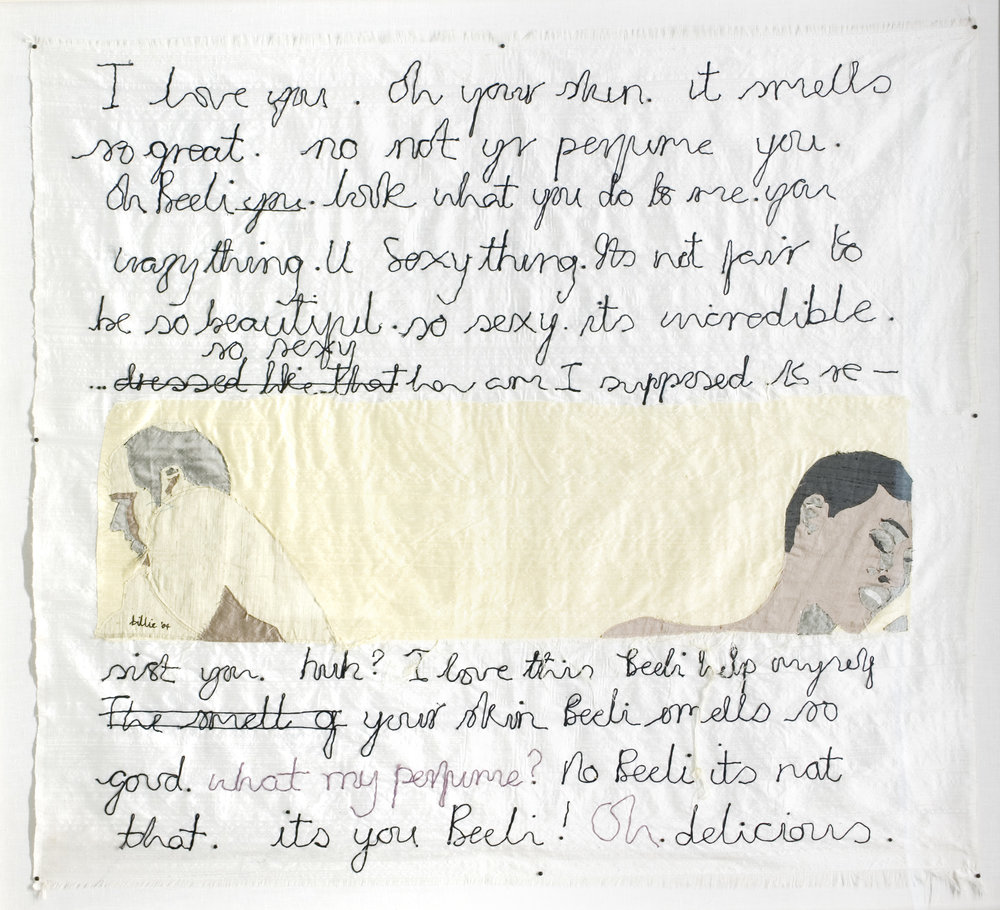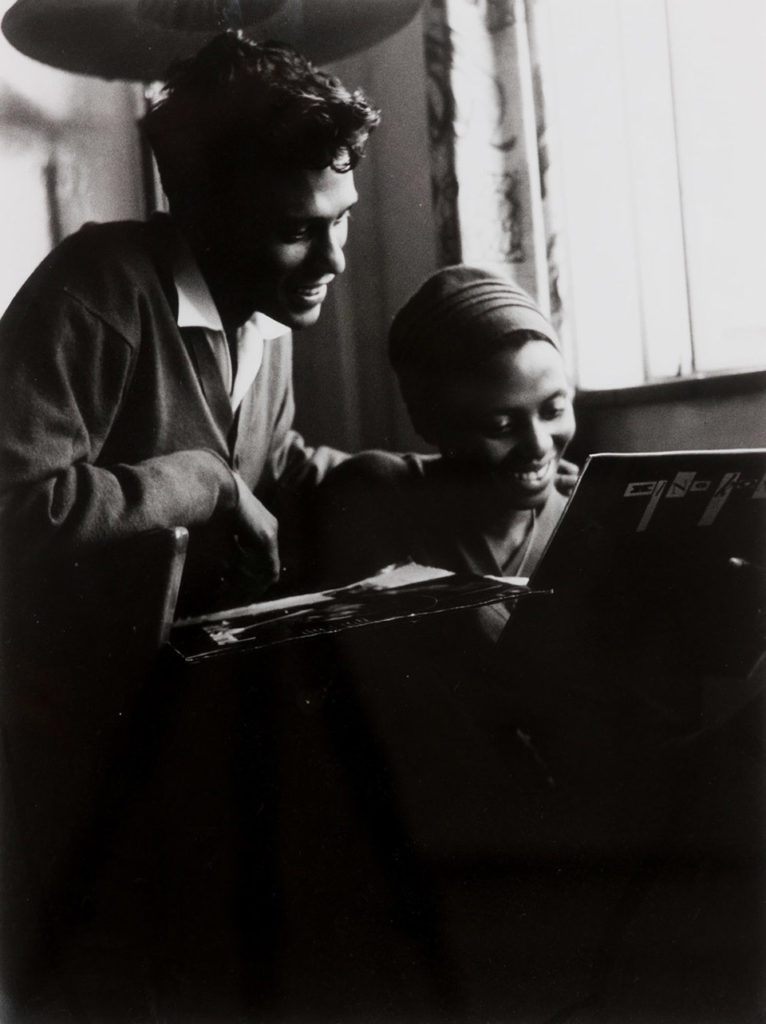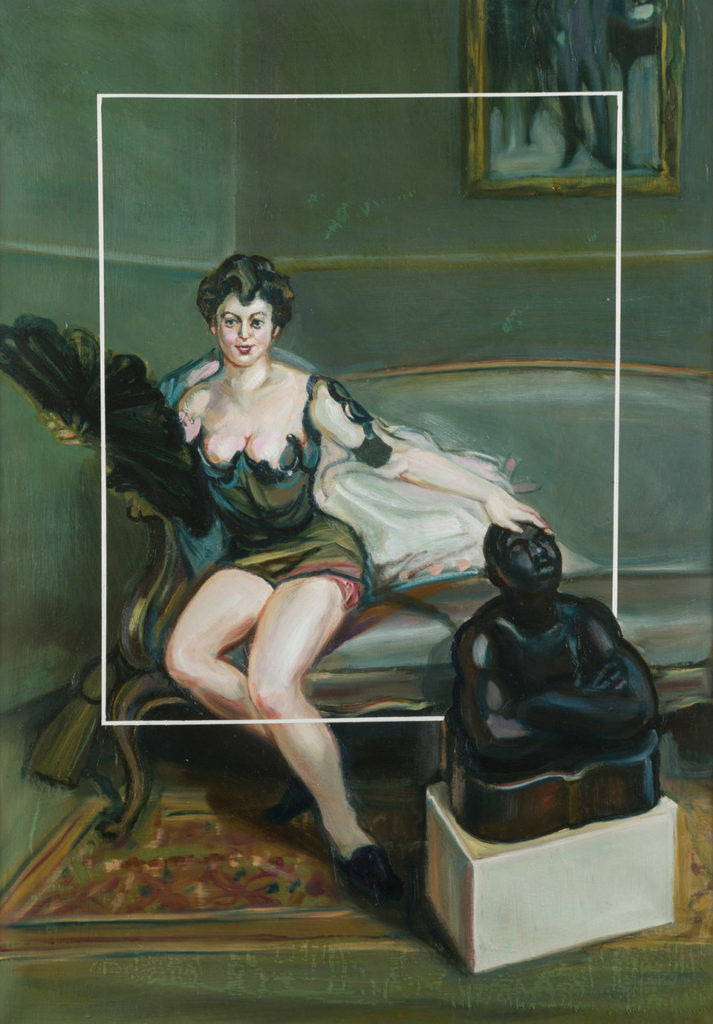The free-standing building is isolated – a visual juxtaposition to the once-high-end and now dilapidated apartments around it. Surrounded by a colourful and bustling city center – it is a relic of a bygone era in Johannesburg.
A façade of stone and traditional columns preceded by grand stairs elevate up from the local hustle and lead one into an architectural time-capsule. The sandstone cladding was originally sourced from Elands River. The presence of museums in the South African context relates directly to the Colonial project. The physical orientation of the original south facing building designed by a British Architect is implicit of a lack of understanding regarding the African environment – overlaying European norms and values at every turn.
 Maswanganyi Johannes
Maswanganyi Johannes
However, on entering the historical building – it is difficult to restrain a sense of awe. Immersed in a space flooded with niggling nostalgia. From the Southern entrance one is absorbed into a white rectangular space with arching high ceilings, accompanied by floral embellishments. Several hardwood expansive doors with golden filigree open onto an internal courtyard. Above, gold flakes cascade off chandeliers. ‘The Phillips Gallery’ appears over a pair of curved hallways monumentalizing the institution’s former patrons in the glittering typeface of white capital.
Only a little more than twenty years after gold was first struck on the Witwatersrand, the Johannesburg Art Gallery was established. Just over one hundred years on, the building and its immense collection still stands. However, in the ‘post’-apartheid, ‘post’-colonial context a radical shift has occurred in the spatial and visual representation within the museum walls. Its latest exhibition, The Evidence of Things Not Seen, opens its doors to the public on the 19th of November. It shares its title and conceptual articulation with a text by James Baldwin – in exploring the lived experience of people of colour. Pain that historically, has been systematically silenced by an overriding and enveloping whiteness.
 Belinda Zangewa
Belinda Zangewa
The exhibition, curated by Musha Neluheni in collaboration with Tara Weber seeks to engage in social discourse surrounding notions of identity – manifested in the realms of queerness, feminism(s) and the Black experience. The show initially emerged as a “side-project” – mirroring as a platform for the Black Portraitures Conference – but grew into something far larger. One of the aims of the project was to actively engage the work of contemporary artists and allow their work to activate other historical works in the collection. These historical giants include the likes of Dumile Feni, Gerard Sekoto, David Koloane and Cyprian Shilakoe.
Other artists featured in the show include: Mary Sibande, Belinda Zangewa, Nandipha Mntambo, Tracey Rose, Berni Searle, Zanele Muholi, Rotimi Fani-Kayode, Reshma Chhiba, Johannes Phokela, Santu Mofokeng, Johannes Phokela, Mustafa Maluka, Portia Zvavahera, Moshekwa Langa, Nicholas Hlobo, Nandipha Mntambo, Donna Kukama, Gabrielle Goliath, Senzi Marasela, Turiya Magadlela, Kemang Wa Lehulere, Mohau Modisakeng, Sam Nhlengethwa, Ranjith Kally, Ernest Cole, Valerie Desmore, Ezrom Kgobokanyo Legae, Winston Churchill Saoli, Sydney Kumalo, Julian Motau, Helen Sebidi, Mohapi Leonard Tshela Matsoso, John Muafangejo, Azaria Mbatha, Daniel Sefudi Rakgoathe, Charles Nkosi, Johannes Maswanganyi and the FUBA Archive.
 Kally_Ranjith
Kally_Ranjith
The Evidence of Things Not Seen articulates a critical reformulation of the institutional space, one underpinned by an engagement with a Pan Africanist ideology. A position rarely embraced by public art institutions in South Africa. Tara Weber describes the exhibition as a kind of “homage to James Baldwin” noting that his treatment of identity politics is, “sensitive, but brutally honest”. The curatorial strategy has been made visually manifest in a similar vein – located in a space that seeks to subvert its own historical context.
“There is never time in the future in which we will work out our salvation. The challenge is in the moment; the time is always now.” – James Baldwin
 Johannes Phokela
Johannes Phokela



















































